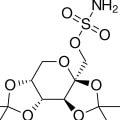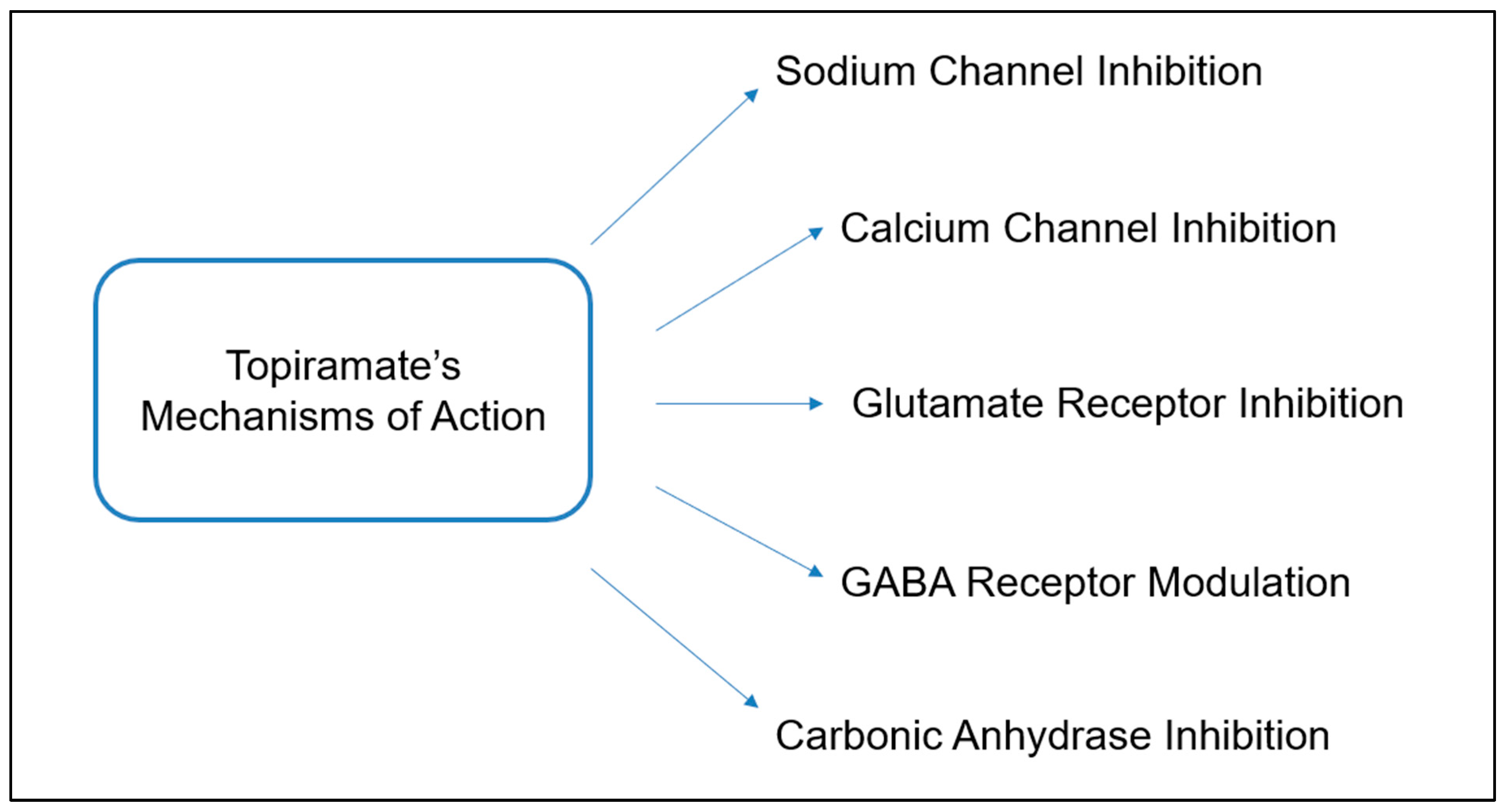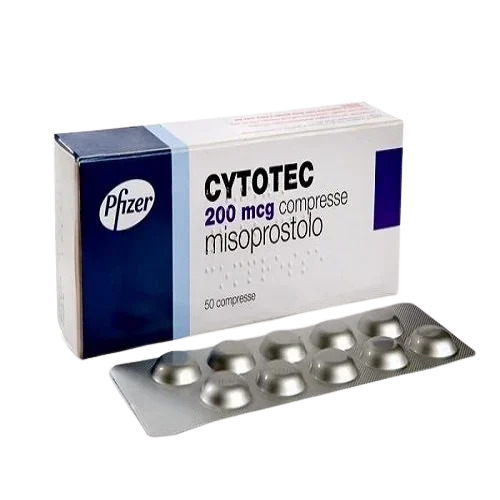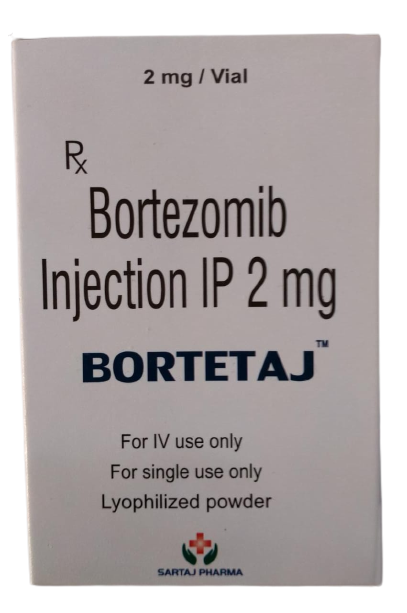Topamax 100mg 60’ct
Medication Overview
Topamax (topiramate) is an anticonvulsant medication used to treat certain types of seizures in adults and children, as well as to prevent migraine headaches in adults.
Tablet Description
The Topamax 100 mg tablet is a yellow, round, film-coated tablet imprinted with “OMN” on one side and “100” on the other.
Dosing Information
- The recommended starting dose is 25 mg taken once daily in the evening.
- The dose may be increased by 25-50 mg per week based on response.
- For partial onset seizures in adults, effective doses range from 200-400 mg per day.
- For migraine prevention, the effective dose is 100 mg per day.

.>IMPORTENT NOTE… Those customers who belongs to lahore avail the opportunity of cash on delivery(COD) with in 30mints.
> Available on cheap price
> ALL ALTERNATIVES BRANDS ARE AVAILABLE
>ORIGNAL & IMPORTED
> For maore details & price kindly contact on whatsapp.
Original price was: ₨10,000.00.₨8,999.00Current price is: ₨8,999.00.
Description
Topamax (topiramate) 100 mg is an anticonvulsant medication used to treat certain types of seizures in adults and children, as well as to prevent migraine headaches in adults.Key points about Topamax 100 mg 60 tablets:
- It is a yellow, round, film-coated tablet imprinted with “OMN” on one side and “100” on the other.
- The recommended starting dose is 25 mg taken once daily in the evening. The dose may be increased by 25-50 mg per week based on response.
- For partial onset seizures in adults, effective doses range from 200-400 mg per day. For migraine prevention, the effective dose is 100 mg per day.
- Common side effects include drowsiness, dizziness, fatigue, nervousness, difficulty with memory, and weight loss.
- Topamax may interact with some birth control pills, lithium, risperidone, and other antiseizure medications.
If you miss a dose, take it as soon as you remember unless it is within 6 hours of your next scheduled dose. Do not double the dose to catch up. Store Topamax at room temperature away from moisture and heat.
Medication Overview
Topamax (topiramate) is an anticonvulsant medication used to treat certain types of seizures in adults and children, as well as to prevent migraine headaches in adults.
Tablet Description
The Topamax 100 mg tablet is a yellow, round, film-coated tablet imprinted with “OMN” on one side and “100” on the other.
Dosing Information
- The recommended starting dose is 25 mg taken once daily in the evening.
- The dose may be increased by 25-50 mg per week based on response.
- For partial onset seizures in adults, effective doses range from 200-400 mg per day.
- For migraine prevention, the effective dose is 100 mg per day.
Side Effects
Common side effects of Topamax include drowsiness, dizziness, fatigue, nervousness, difficulty with memory, and weight loss.
Interactions
Topamax may interact with some birth control pills, lithium, risperidone, and other antiseizure medications.
Missed Dose
If you miss a dose, take it as soon as you remember unless it is within 6 hours of your next scheduled dose. Do not double the dose to catch up.
Storage
Store Topamax at room temperature away from moisture and heat.Always follow your doctor’s instructions for taking Topamax. Contact your healthcare provider if you have any questions or concerns.
Precautions and Monitoring
- Regular Check-Ups: Regular medical check-ups are crucial to monitor for any long-term side effects and adjust the dosage as needed.
- Storage and Disposal: Proper storage and disposal of Topamax are essential to prevent accidental ingestion and environmental harm.
- Interactions: Topamax can interact with other medications, so it is important to discuss all medications being taken with a healthcare provider.
Key Benefits
- Seizure Management: Topamax is approved to treat partial-onset seizures with or without secondary generalization, primary generalized tonic-clonic seizures, and seizures associated with Lennox-Gastaut syndrome in adults, adolescents, and children as young as 2 years old.
- Migraine Prevention: Topamax is approved for the prophylaxis (prevention) of migraine headaches in adults.
- Off-Label Uses: Topamax may also be used off-label for conditions like bipolar disorder, anxiety, alcohol use disorder, pain, and nerve pain.
- Weight Loss: While not an approved indication, Topamax has been shown to suppress appetite and lead to weight loss in some patients.
Key Ingredients
- Topiramate: Topamax’s active ingredient is topiramate, an anticonvulsant medication that works in the brain to help prevent seizures and migraines.
- Excipients: Topamax 100 mg tablets also contain the following inactive ingredients: lactose monohydrate, pregelatinized starch, microcrystalline cellulose, sodium starch glycolate, magnesium stearate, purified water, hypromellose, titanium dioxide, polyethylene glycol, and polysorbate 80.
The yellow, round Topamax 100 mg tablets are film-coated and imprinted with “OMN” on one side and “100” on the other.


Mechanism of Action of Topiramate
Topiramate, the active ingredient in Topamax, has a complex and multifaceted mechanism of action that contributes to its anticonvulsant and migraine-preventive effects:Modulation of Ion Channels
- Topiramate blocks voltage-gated sodium channels, reducing neuronal excitability and the propagation of seizure activity.
- It also modulates voltage-gated calcium channels, further decreasing neuronal excitability.
Enhancement of GABA-Mediated Inhibition
- Topiramate enhances the activity of the inhibitory neurotransmitter gamma-aminobutyric acid (GABA) by potentiating GABA-A receptor function.
- This increased GABAergic inhibition helps suppress seizures and migraines.
Antagonism of Glutamate Receptors
- Topiramate antagonizes the activity of the excitatory neurotransmitter glutamate at AMPA and kainate receptors.
- This reduces excitatory neurotransmission and helps prevent seizures and migraines.
Carbonic Anhydrase Inhibition
- Topiramate inhibits the enzyme carbonic anhydrase, which can contribute to its anticonvulsant effects.
- Carbonic anhydrase inhibition may also play a role in the drug’s ability to prevent migraines.
Other Mechanisms
- Topiramate has been shown to increase brain concentrations of the inhibitory neurotransmitter GABA, as well as homocarnosine and pyrrolidinone.
- These neurochemical changes likely contribute to the drug’s overall anticonvulsant and migraine-preventive properties.




Dosage
The recommended dosage of Topamax (topiramate) varies depending on the condition being treated and the patient’s age:Monotherapy for Epilepsy:
- Adults and children 10 years and older: Start at 25 mg once daily, titrate up to a maintenance dose of 400 mg/day in two divided doses.
- Children 2-9 years: Start at 25 mg nightly, titrate up to a maintenance dose of 150-400 mg/day based on weight.
Adjunctive Therapy for Epilepsy:
- Adults: Start at 25-50 mg once daily, titrate up to a maintenance dose of 200-400 mg/day in two divided doses.
- Children 2 years and older: Dosing is weight-based, starting at 1-3 mg/kg/day and titrating up to a maintenance dose of 5-9 mg/kg/day.
Migraine Prevention:
- Adults: The recommended maintenance dose is 100 mg/day taken in two divided doses.
Dosage should be titrated slowly to the effective maintenance dose to minimize side effects. Patients with renal impairment may require lower doses.
Storage
- Topamax tablets should be stored at room temperature (59°F to 86°F or 15°C to 30°C) in tightly-closed containers.
- Topamax sprinkle capsules should be stored at or below 77°F (25°C) in tightly-closed containers.
- Keep Topamax dry and away from moisture.
- Keep Topamax and all medicines out of the reach of children.
Reviews
Topamax is generally well-tolerated, but some common side effects include:
- Drowsiness, dizziness, fatigue
- Difficulty with memory and concentration
- Appetite loss and weight loss
- Tingling in the hands and feet
More serious side effects like metabolic acidosis, kidney stones, and eye problems can also occur, especially with long-term use. Careful monitoring by a healthcare provider is important.









Reviews
There are no reviews yet.